A nurse is collecting data from a client who has heart failure. The nurse notes the client has crackles in the bases of the lungs, shortness of breath, and a respiratory rate of 24/min.
Which of the following actions should the nurse take?
Instruct the client to cough every 4 hr.
Encourage the client to ambulate to loosen secretions.
Increase the client's intake of oral fluids.
Maintain the client in high-Fowler's position.
The Correct Answer is D
Explanation
D. Maintain the client in high-Flower’s position
Crackles in the bases of the lungs, shortness of breath, and an increased respiratory rate are signs of pulmonary congestion, which is commonly seen in heart failure. Maintaining the client in a high-Fowler's position, with the head of the bed elevated to a 45-60-degree angle, helps reduce venous return to the heart, decreases fluid accumulation in the lungs, and improves breathing comfort for the client.
The other options are not appropriate actions for the client's condition:
Instructing the client to cough every 4 hours in (option A) is not the priority action in this situation. Coughing may not effectively address the underlying cause of pulmonary congestion and may not provide immediate relief for the client.
Encouraging the client to ambulate to loosen secretions in (option B) is not the priority action in this situation. While ambulation can be beneficial for overall health, the client's symptoms of pulmonary congestion require immediate attention to improve respiratory status.
Increasing the client's intake of oral fluids in (option C) is not the priority action in this situation. While maintaining adequate hydration is important, excessive fluid intake can worsen the symptoms of heart failure and contribute to further fluid accumulation in the lungs.
Therefore, the nurse should maintain the client in high-Fowler's position (option D) to promote optimal lung function and improve breathing comfort. It is important to promptly notify the healthcare provider of the client's condition for further assessment and intervention.
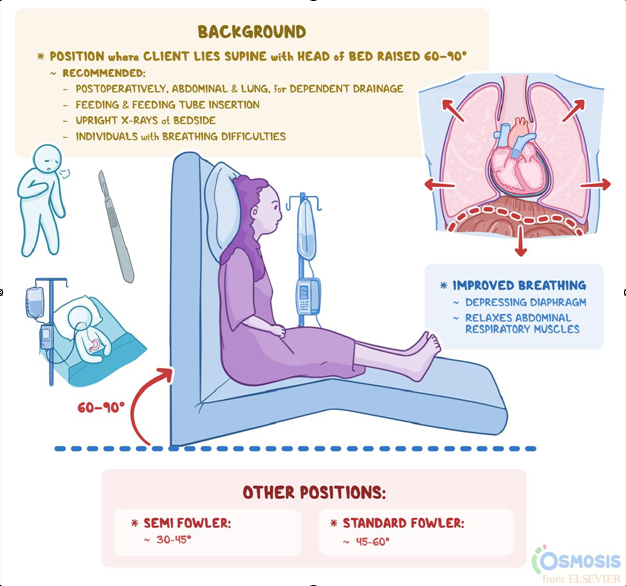
Nursing Test Bank
Naxlex Comprehensive Predictor Exams
Related Questions
Correct Answer is B
Explanation
The plantar Babinski reflex is assessed by stroking the sole of the foot from the heel towards the toes. A normal response is the flexion or curling of the toes. An abnormal response, known as a positive Babinski sign, is the extension and fanning out of the toes, which indicates an upper motor neuron lesion.
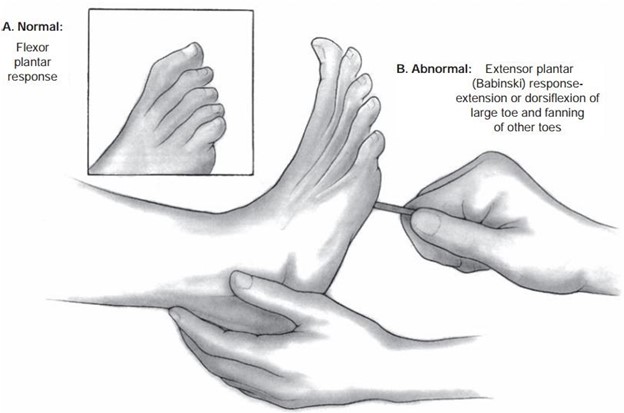
"Place your foot in my hand and I will tap the back of your heel": This instruction is more relevant to testing the Achilles tendon reflex, where the nurse taps the back of the heel to elicit a plantarflexion response.
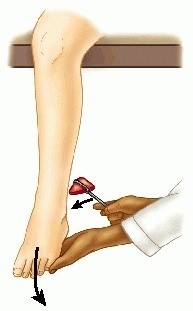
"Sit on the edge of the bed while I tap your knee": This instruction is more relevant to testing the patellar reflex, also known as the knee-jerk reflex. The nurse taps the patellar tendon just below the kneecap to elicit a reflexive contraction of the quadriceps muscle.
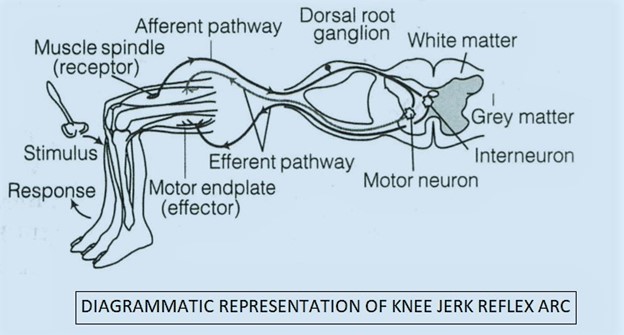
"Relax your arm across your chest and I will test your elbow extension": This instruction is more relevant to testing the triceps reflex, where the nurse taps the triceps tendon to elicit a reflexive extension of the elbow.
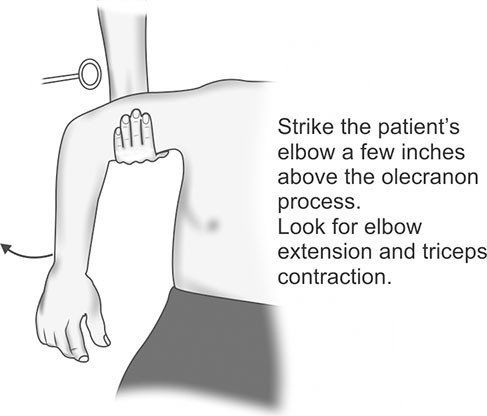
Correct Answer is B
Explanation
Headaches are a common side effect of isosorbide dinitrate, especially when initially starting the medication. However, they often improve as the body adjusts to the medication. It is important to reassure the client that the headaches should decrease over time. If the headaches persist or worsen, the client should inform their healthcare provider for further evaluation and possible adjustment of the medication regimen.
The statement about taking the medication on an empty stomach is not relevant to preventing headaches associated with isosorbide dinitrate.
The statement about swallowing the tablet whole does not address the issue of headaches. Chewable isosorbide dinitrate is designed to be chewed or dissolved in the mouth, and swallowing it whole may not provide the intended therapeutic effect.
Discontinuing the medication until the headache goes away is not recommended without consulting the healthcare provider. Abruptly stopping or changing the dose of isosorbide dinitrate can have serious consequences and should only be done under medical supervision.
Whether you are a student looking to ace your exams or a practicing nurse seeking to enhance your expertise , our nursing education contents will empower you with the confidence and competence to make a difference in the lives of patients and become a respected leader in the healthcare field.
Visit Naxlex, invest in your future and unlock endless possibilities with our unparalleled nursing education contents today
Report Wrong Answer on the Current Question
Do you disagree with the answer? If yes, what is your expected answer? Explain.
Kindly be descriptive with the issue you are facing.
